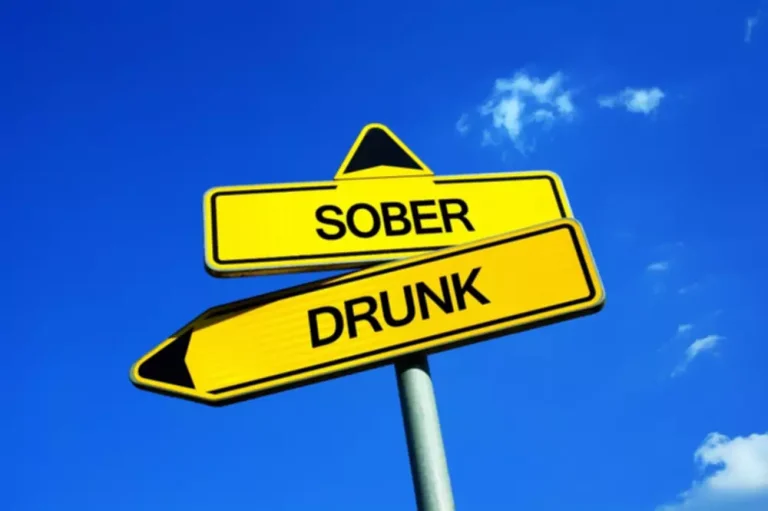The Cycle of Alcohol Addiction National Institute on Alcohol Abuse and Alcoholism NIAAA

In the DSM-5, alcohol use disorder is further classified into categories of mild, moderate, and severe. While the exact causes of alcoholism are not known, a number of factors can play a role. The condition is likely the result of a combination of genetic, social, psychological, and environmental factors.

Find Rehab Treatment Near You
Also known as opioids, narcotics include opium, opium derivatives, and synthetic versions. Heroin overdose deaths more than tripled from 2010 to 2014, as more than 10,000 people died as the result of a fatal heroin overdose in 2014. Alcohol has been ranked as the https://ecosoberhouse.com/ most damaging drug by other experts too. Although legal in the US and UK, alcohol was scored by Nutt et al.’s experts 1.9 out of a maximum of 3. They interfere with chemical signalling in the brain, the effect of which is to shut down various brain regions.
- The front page of DrugAbuseStatistics.org features the most noteworthy drug abuse data, including overdose deaths, demographics, mental health, drug abuse treatment programs, and the cost of the War on Drugs.
- It can also impair judgment, which increases the risk of injury and death.
- It works by activating the same pathways as other opioids but lasts much longer.
Drug Abuse Among Demographics
- It affects mental health, increases the risk for certain cancers, and can cause addiction.
- Essentials mission is to renew lives impacted by addiction through personalized and complete behavioral healthcare.
- It’s just as addictive as drug substances, and its use causes various physical, psychological, social, and financial problems.
- They may also be more talkative and sociable, and may experience mood swings and impaired decision-making and impulse-control abilities.
- This is of particular concern when you’re taking certain medications that also depress the brain’s function.
- Alcohol alters the brain’s chemical balance, leading to mood, behavior, and cognition changes.
- This desensitization causes a need to increase the dose to achieve the same pleasurable effects.
Treatment approaches tailored to each patient’s drug use patterns and any co-occurring medical, mental, and social problems can lead to continued recovery. Alcoholism is a treatable disease, with many treatment programs and approaches available to support alcoholics who have decided to get help. Getting help before your problem drinking why is alcohol addictive progresses to severe alcohol use disorder can save your life. Alcohol use disorder is considered a progressive disease, meaning that the effects of drinking alcohol become increasingly more severe over time. Taking an alcoholism screening quiz can help you determine whether you have the symptoms of an alcohol use disorder.
Medical Professionals
Some 22 percent of people who have taken a drink will develop a dependence on alcohol at some point during their life. Cocaine directly interferes with the brain’s use of dopamine to convey messages from one neuron to another. In essence, cocaine prevents neurons from turning the dopamine signal off, resulting in an abnormal activation of the brain’s reward pathways. If you’re worried that you might have alcohol use disorder, don’t try to quit cold turkey on your own. One size does not fit all and a treatment approach that may work for one person may not work for another.
Mental Health & Substance Use


- Eventually, the brain also becomes less responsive to dopamine’s effects.
- Addressing the nation’s mental health crisis and drug overdose epidemic are core pillars of the Biden-Harris Administration’s Unity Agenda.
- Heroin is an opiate that causes the level of dopamine in the brain’s reward system to increase by up to 200% in experimental animals.
- With over 100 million people in the U.S. drinking vodka, this alcoholic drink is obviously very popular.
- For more information, see our report on drug-related crime statistics.
- The legality and prevalence of nicotine may lead to its rampant abuse and high relapse rates.




